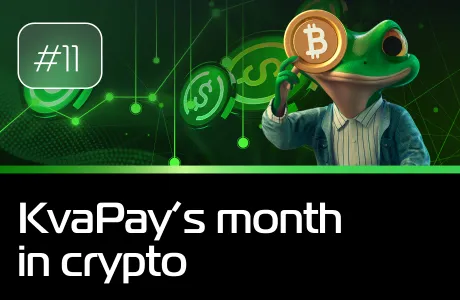
#11 KvaPay’s month in crypto
-
 Read More
Read MoreWhat Is a Crypto Gateway? Simple Solutions for Modern Business Payments
Blockchain technology now serves over 560 million people worldwide, and crypto gateway solutions are quickly changing how businesses handle payments. Cryptocurrency payments work around the clock and eliminate geographical restrictions that traditional banking systems face. Businesses can reach emerging markets by adding a crypto payment gateway to their websites. The system offers lower transaction costs and improved security against fraud.
-
 Read More
Read MoreCrypto Payment Guide: Easy Steps to Shop Online & In-Store
Did you know that major retailers like Starbucks, AMC Theaters, and AT&T now accept cryptocurrency payments? In fact, thousands of businesses worldwide are embracing crypto transactions, thanks to their lightning-fast confirmation times and enhanced security. Whether you're shopping online or in-store, cryptocurrency payments offer a direct peer-to-peer transfer system that bypasses traditional banking intermediaries.
-
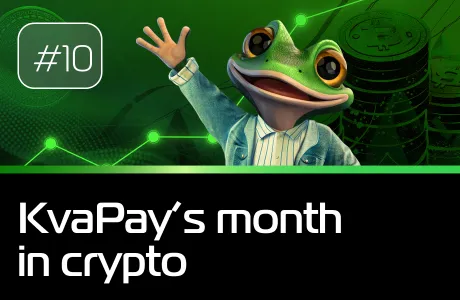 Read More
Read More#10 KvaPay’s month in crypto
As the crypto landscape evolves at fast speed, October proved to be a month of record-breaking developments, regulatory shifts, and institutional momentum. From the European Central Bank taking concrete steps toward a digital euro to the explosive growth of the stablecoin market, the sector continued to push boundaries despite market turbulence.
-
 Read More
Read MoreThe Truth About Crypto Payment Myths That Could Cost You Money
Contrary to popular crypto payment myths, only 0.34% of all cryptocurrency transactions in 2023 were linked to illicit activities. This means 99.66% of crypto payments are completely legitimate.
-
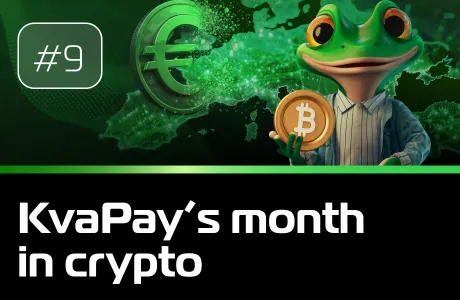 Read More
Read More#9 KvaPay’s month in crypto
September brought a wave of developments reshaping the financial and crypto landscape across Europe and beyond. From new momentum in multicurrency stablecoins and bank-backed blockchain experiments to the delayed timeline for the digital euro and fresh moves by major institutions like Circle, Deutsche Börse, and top European banks, the stage is being set for a more diversified digital economy. At the same time, macroeconomic strains—like France’s soaring deficit—are fueling debates on Bitcoin’s role as a hedge against fiat instability.
-
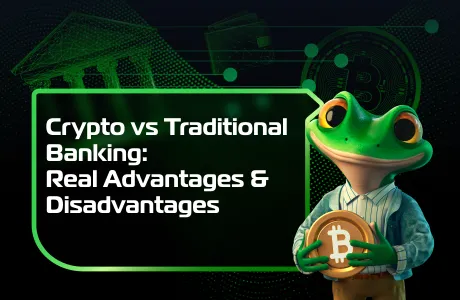 Read More
Read MoreCrypto vs Traditional Banking: Real Advantages & Disadvantages
With cryptocurrencies reaching a staggering €3.2 trillion in market capitalization, we're witnessing a defining moment in the battle between digital and traditional banking.
-
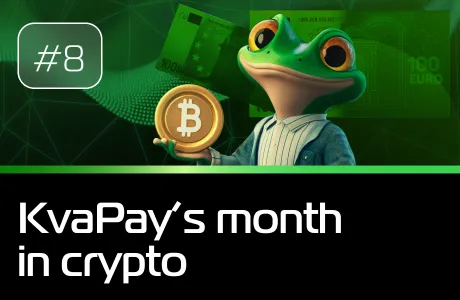 Read More
Read More#8 KvaPay’s month in crypto
Every month we bring you the most essential updates from Europe’s crypto scene. From the ECB’s digital euro plans to corporate bitcoin adoption and retail payment breakthroughs.
-
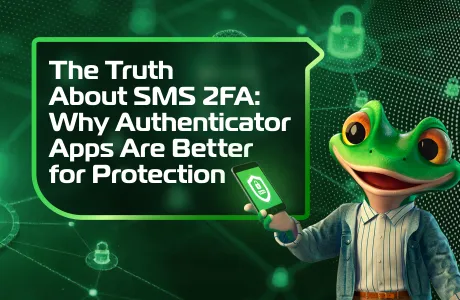 Read More
Read MoreUnderstanding 2FA: Comparing SMS, Authenticator Apps, and Hardware Keys
Two-factor authentication (2FA) remains one of the most effective ways to protect online accounts. Yet not all 2FA methods offer the same level of protection.
-
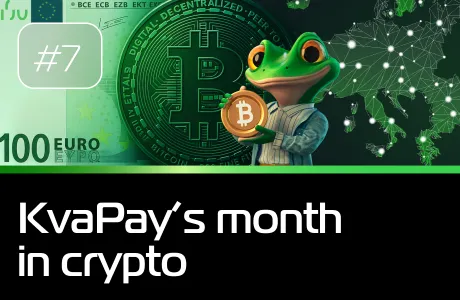 Read More
Read More#7 KvaPay’s month in crypto
As the European Union's Markets in Crypto-Assets (MiCA) regulation comes into effect, crypto exchanges are setting up shop in Europe to secure licenses and capitalize on the region's growing institutional involvement. Major exchanges have already secured licenses under MiCA, which provides a clear regulatory framework and fosters stability.
-
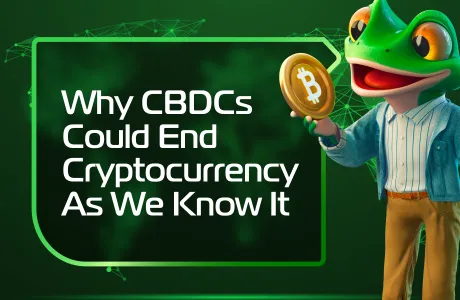 Read More
Read MoreWhy CBDCs Could End Cryptocurrency As We Know It
CBDCs are rapidly reshaping our financial landscape, with over 87 countries currently exploring or implementing these digital currencies - representing an astounding 90 % of the global GDP. In fact, China's digital yuan alone processed transactions worth 7 trillion yuan (approximately $986 billion) by June 2024, nearly quadrupling from the previous year. We're witnessing a dramatic shift as central banks race to digitize their currencies. As a result, more than 70% of financial institutions are actively researching CBDC implementations, and by 2028, experts predict that 40% of central banks will have launched their own digital currencies.
-
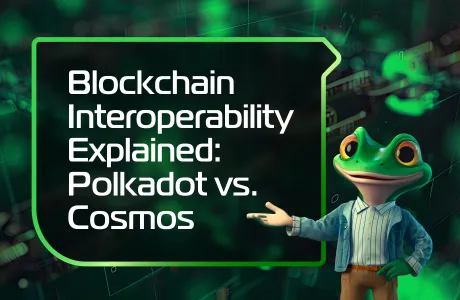 Read More
Read MoreBlockchain Interoperability Explained: Polkadot vs. Cosmos
Blockchain interoperability remains one of the biggest challenges in crypto, with most blockchain networks currently operating in isolation from each other. This limitation has become a significant barrier to widespread adoption of blockchain technology. In fact, while platforms like Cosmos and Polkadot were once valued at hundreds of billions of dollars for their vision of connecting different blockchains, they've faced considerable challenges in achieving mainstream adoption. The main reason? Their requirement for chains to support specific architectures has made it difficult for existing networks like Ethereum to seamlessly join their ecosystems.
-
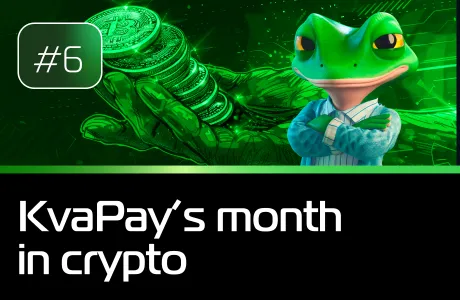 Read More
Read More#6 KvaPay’s month in crypto
Europe is quickly emerging as a global crypto leader. The continent’s first Bitcoin treasury firm has expanded its holdings beyond $170 million, while an institutional investor has made the first direct purchase of tokenized real estate via MetaWealth. With the MiCA framework driving adoption, Europe has now surpassed the US in crypto uptake. Despite warnings from the ECB, the European Commission downplays stablecoin risks — a stance that may have supported the BaFin-approved launch of EURAU, a MiCA-compliant euro stablecoin by Deutsche Bank and DWS. Meanwhile, crypto cards are beginning to outperform traditional banks in Europe’s growing micro-spending economy.